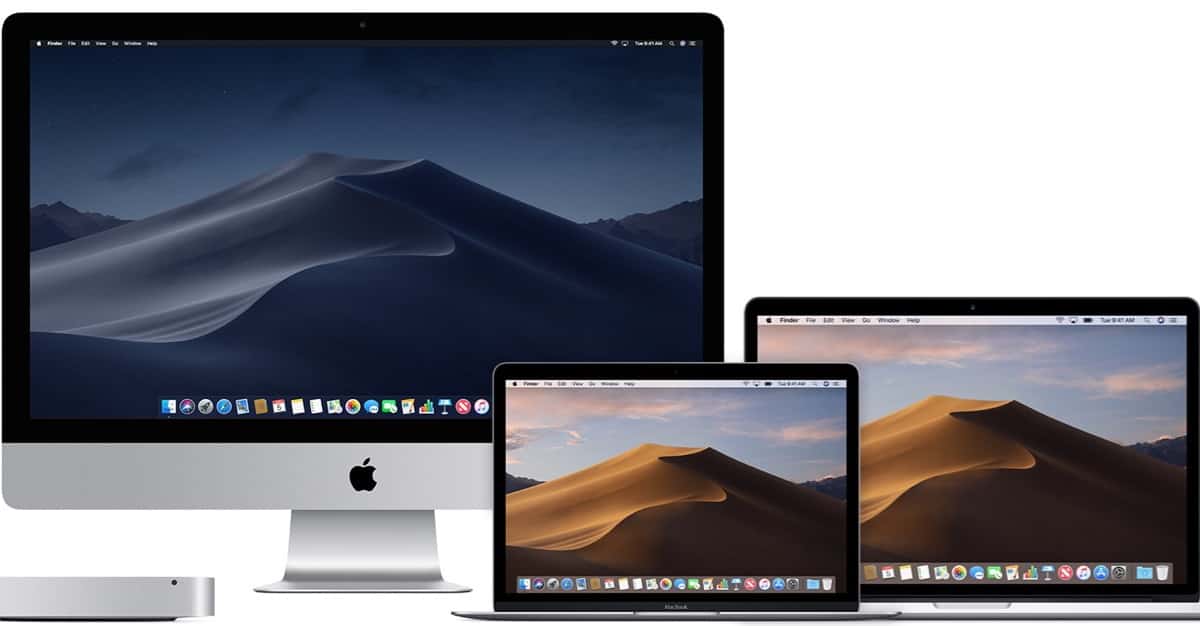Bloomberg’s Mark Gurman and Ian King report:
Apple Inc. hired one of ARM Holdings Inc.’s top chip engineers as the iPhone maker looks to expand its own chip development to more powerful devices, including the Mac, and new categories like a headset.
The company hired Mike Filippo in May for a chip architect position, according to his LinkedIn profile.
For Apple to divest the Mac of Intel CPUs while maintaining X86 compatibility will require some serious engineering skill. This looks like one step in the process.
Check It Out: Apple Takes Another Step Towards ARM-based Macs

Lack if Intel x86 microprocessors in Mac is a deal breaker for us. We love the Mac and hate Windows interface. But much more important than that is our workflow. And for that we need full Intel x86 compatibility.
For instance, when we use Microsoft Office for Mac (including track changes in documentes when collaborating for manuscripts, PhD dissertations, PowerPoint presentations with animations, video, special protein fonts, transitions, etc), Clarivate Analytics EndNote for bibliographic management or other applications like DNAStar Lasergene or Molecular Biology Insights Oligo, among many others.
I am not talking here only about Boot Camp or VMware Fusion to run Windows (which is also a must for us to electronically sign some documents for research project grant application, etc), but mainly for working on Mac with Mac native applications that are fully native with 90% of the world that use Windows in x86. We also need the power of Mac desktops, including Mac Pro on x86 for bioinformatics. If Apple switches Mac to ARM, we will be forced to switch to PC with Windows. A shame for all!
Step one in the process? This is more like step 37.